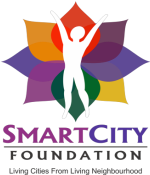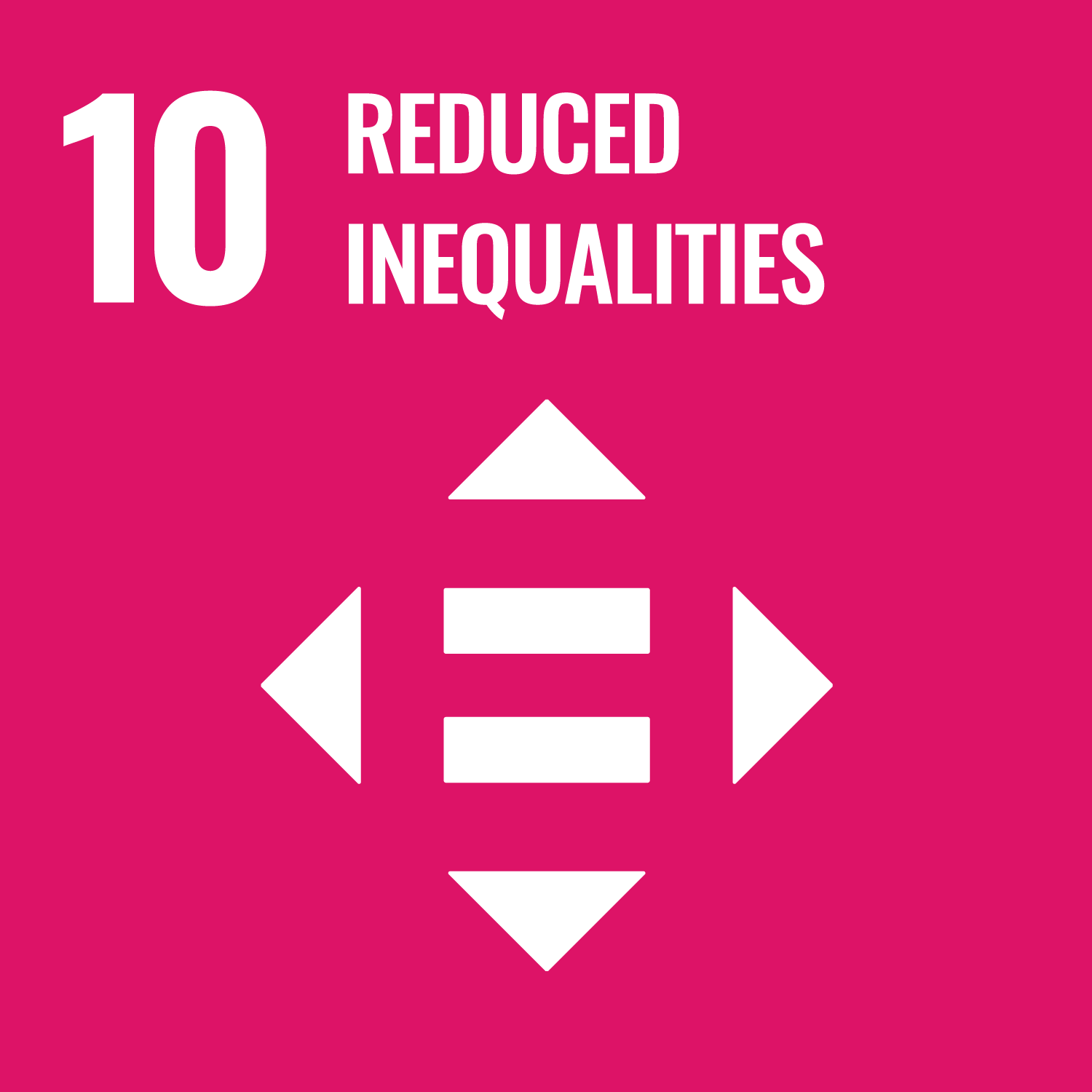Sustainable Development Goal 10 (SDG 10) aims to “reduce inequality within and among countries” by 2030. This encompasses various targets, including reducing income inequality, promoting social inclusion, and ensuring equal opportunities for all. Analyzing the progress made by different countries is crucial to assess the path forward.
Top 5 Countries Leading in SDG 10:
- Finland (86.76): Boasts low income inequality and strong social safety nets, ensuring a high standard of living for all citizens. (Source: Sustainable Development Report 2023)
- Denmark (85.68): Promotes social inclusion through progressive taxation and policies that empower marginalized groups. (Source: Sustainable Development Report 2023)
- Sweden (85.43): Achieves high levels of gender equality and provides equal opportunities for all individuals regardless of their background. (Source: Sustainable Development Report 2023)
- Norway (85.08): Offers generous social benefits and promotes inclusive economic growth, ensuring a fair distribution of wealth and resources. (Source: Sustainable Development Report 2023)
- Iceland (84.83): Maintains low levels of poverty and prioritizes social justice, ensuring equal access to education, healthcare, and other essential services. (Source: Sustainable Development Report 2023)
India’s Progress:
India’s SDG 10 score stands at 59.37, ranking it 129th globally. While the country has made progress in reducing extreme poverty and promoting gender equality, significant challenges remain in addressing income inequality, social exclusion, and discrimination against marginalized groups.
Key Achievements:
- Reduced extreme poverty rate from 21.2% in 2011 to 10.2% in 2022. (Source: World Bank)
- Increased female literacy rate from 65.46% in 2011 to 75.16% in 2023. (Source: UNESCO)
- Launched various schemes like the National Rural Employment Guarantee Scheme and the Pradhan Mantri Jan Dhan Yojana to promote social inclusion and access to basic services. (Source: Government of India)
Areas for Improvement:
- Income inequality remains high, with the richest 10% controlling over 55% of the national wealth. (Source: World Inequality Report)
- Caste and religious discrimination persist, limiting opportunities for marginalized groups. (Source: Human Rights Watch)
- Regional disparities in development are significant, with access to education, healthcare, and other essential services lagging behind in rural areas. (Source: NITI Aayog)
What India Can Do:
- Implement progressive taxation policies: Increase taxes on the wealthy and corporations to generate revenue for social welfare programs and reduce income inequality.
- Strengthen social safety nets: Expand access to healthcare, education, and social security benefits to ensure a minimum standard of living for all.
- Promote inclusive education and employment opportunities: Invest in programs that address skill gaps and empower marginalized groups to participate in the formal economy.
- Address caste and religious discrimination: Implement and enforce strong anti-discrimination laws and promote social awareness campaigns to combat prejudice and inequality.
- Focus on balanced regional development: Allocate resources effectively to address disparities in development across different states and regions.
Source of Information:
- Sustainable Development Report 2023: https://dashboards.sdgindex.org/: https://dashboards.sdgindex.org/
- World Bank: https://data.worldbank.org/: https://data.worldbank.org/
- UNESCO: https://sdgs.un.org/goals: https://sdgs.un.org/goals
- Government of India: https://www.india.gov.in/: https://www.india.gov.in/
- World Inequality Report: https://wir2022.wid.world/: https://wir2022.wid.world/
- Human Rights Watch: https://www.hrw.org/en: https://www.hrw.org/en
- NITI Aayog: https://niti.gov.in/: https://niti.gov.in/
By addressing these challenges and prioritizing inclusive growth, social justice, and equal opportunities for all, India can strive towards achieving SDG 10 and build a more equitable and prosperous society for all

